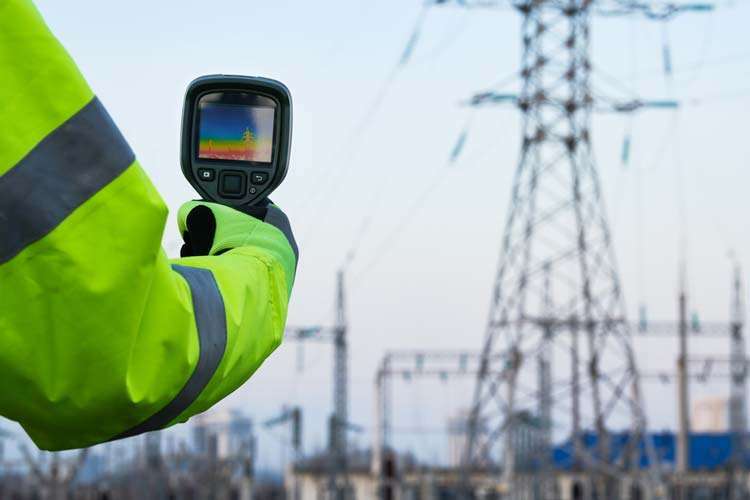Thermal Image Scanning in Columbus, OH
Inspecting Your Building with the Latest Infrared Thermal Technology in Columbus, Ohio
One of the things you should do before buying a property is to have it inspected by a qualified property inspector. We can hear you clearly: "Buying a commercial is already a costly endeavor! Why would I pay an extra few when I'm not required to?" However, a thorough assessment can spot any problems and give you a clearer sense of the continuing care the building will need.
Here are a few of our services that can make the inspection process simpler:
- Drone Roof Survey
- Exterior Cladding Survey
- Solar Panels Survey
- Stucco Survey
- Electric Panel IR
- Infrastructure
The advantages of a drone roof inspection.
Your roof's performance and stability may deteriorate due to minor wear and tear, aging, and less apparent hazards like storms. Eventually, you may need emergency repairs and face a much higher price than anticipated. The answer? Regular, in-depth drone-assisted expert roof inspections. Drones have transformed how contractors and property owners think about roof evaluation, from lowering man-hours to assuring a more thorough examination.
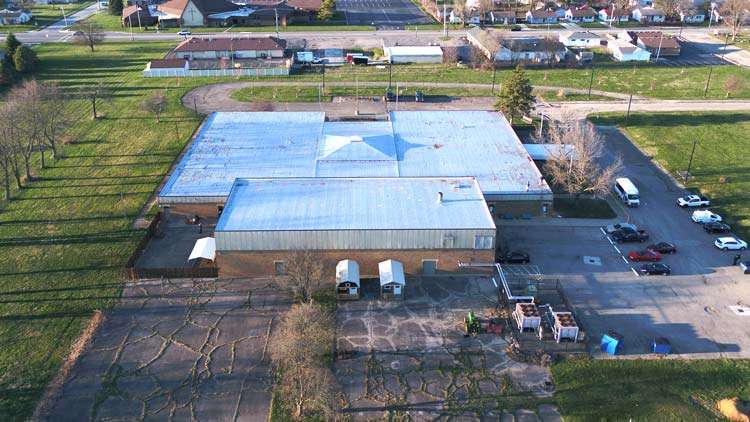
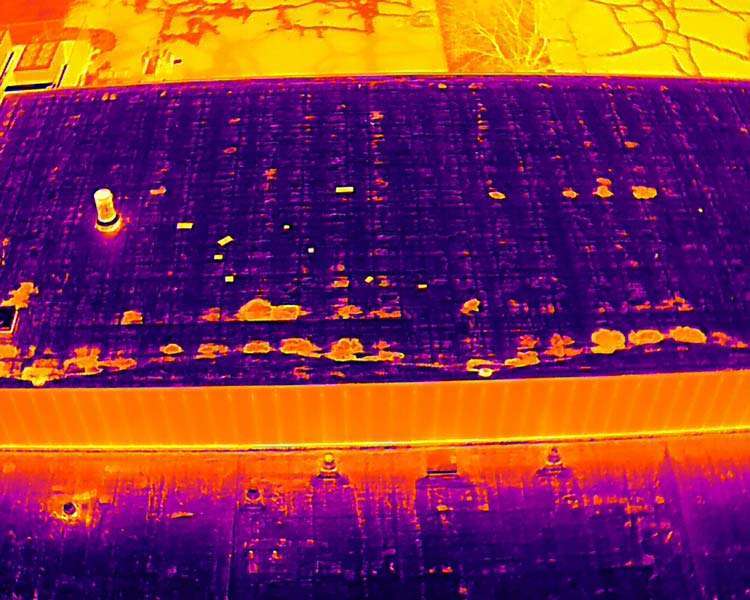
Now that the significance of thermal imaging is clear, why opt for a drone-assisted roof inspection? Thermal imaging roof inspections offer numerous advantages, prominently reducing time, labor demands, hazards, and, ultimately, yielding a substantial return on investment for contractors and property owners.
Infrared Thermographic Surveys
The condition and stability of your roof can weaken over time due to factors such as minor deterioration, aging, and unforeseen weather events like storms. The consequence might be the necessity for unplanned emergency repairs, leading to unexpected higher costs. The solution lies in consistent and comprehensive roof inspections utilizing expert thermal imaging technology, especially in Columbus, OH. With the aid of drones, thermal imaging scans and moisture mapping provide invaluable insights. Drones have revolutionized the approach to roof assessments, reducing labor hours and ensuring a meticulous evaluation process.
Why use Infrared Thermography on Flat Roofs?
To perform surgical repairs, we locate the moisture that has been retained and label the wet regions using infrared thermography. As a result, you might only need to repair the roof slowly, which can save you money. After completing the survey, repair locations are marked with paint to be visible to anybody on the rooftops.
Utilizing thermal imaging in Columbus, OH, we pinpoint accumulated moisture and designate damp areas through infrared thermography for surgical roof repairs. This approach allows for a gradual and cost-effective roof mending process. Following the assessment, we mark the repair sites with paint, ensuring visibility for those working on the rooftops.
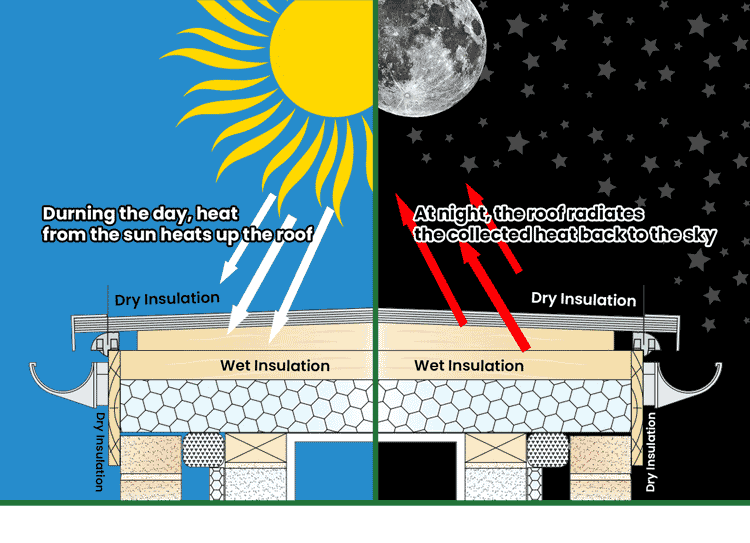
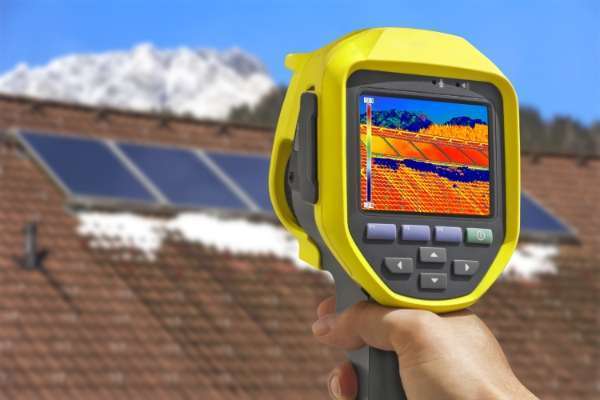
Solar Panel Inspection
Solar panel fields need routine inspections, just like any other piece of manufactured infrastructure. However, to find defective solar panels that heat due to connection problems, physical damage, or debris, photovoltaic (PV) solar panel field inspection often involves the usage of two sensors: daylight cameras and infrared (IR). The ideal option for solar panel field inspection is a drone with a thermal camera since, in most circumstances, it is less expensive than manned aircraft and takes less time than visual control using a portable IR camera.
The use of professional drones with interchangeable cameras, like the DJI Inspire, is also an option. However, it will take twice as long to enable the survey to fly with a daylight camera before repeating the trip with an IR camera. Usually, both sensors (cameras) are employed concurrently to reduce the time needed for inspection, necessitating a drone with sufficient lift-off capabilities.
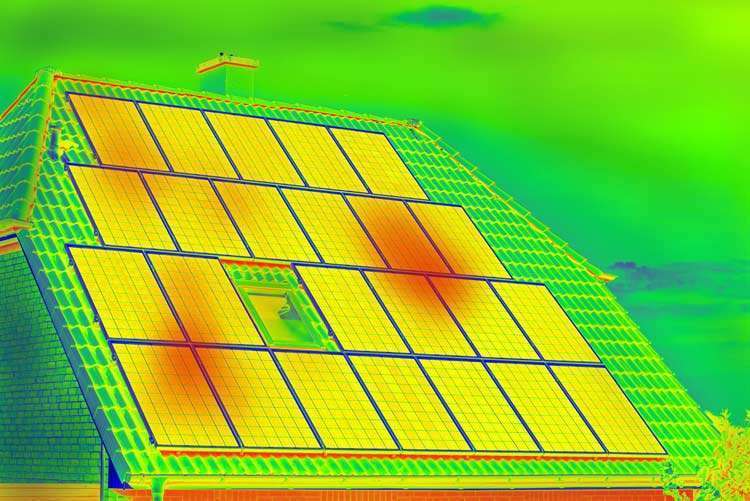
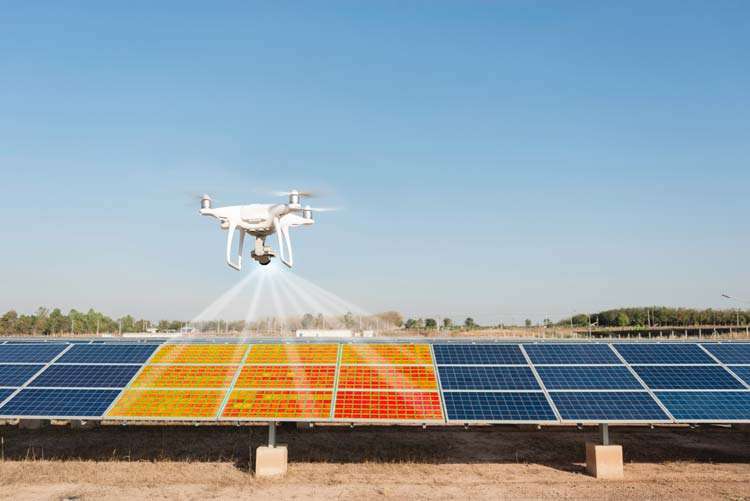
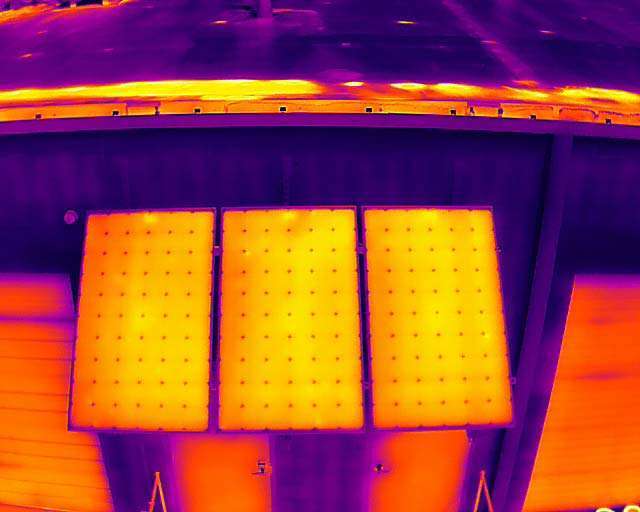
What Does an Inspection Involve?
We will scan the area with our sophisticated infrared cameras to look for and document heat sources. Any problematic locations are immediately found and labeled. You will receive a full explanation of the technology by comprehending how thermal imaging functions. For an extra cost, we can also conduct follow-up inspections after repairs have been made; however.
Thermal Inspection
The use of a thermal camera to detect temperature changes is known as infrared thermal imaging, sometimes referred to as thermography. Infrared light, which is on the portion of the electromagnetic spectrum that is invisible to the unaided eye, is produced by heat. Similar to how a regular camera captures a picture of light, thermal cameras take photographs of heat. Inspectors can evaluate the temperature distribution on a surface by turning infrared (IR) radiation (heat) into clearly understandable visuals.
It's perfect for checking and diagnosing various building concerns, such as mechanical systems, electrical equipment, leaking roofs, moisture intrusion, and energy loss. No walls, ceilings, or roofs need to be torn down, and anomalies can be found without doing so.
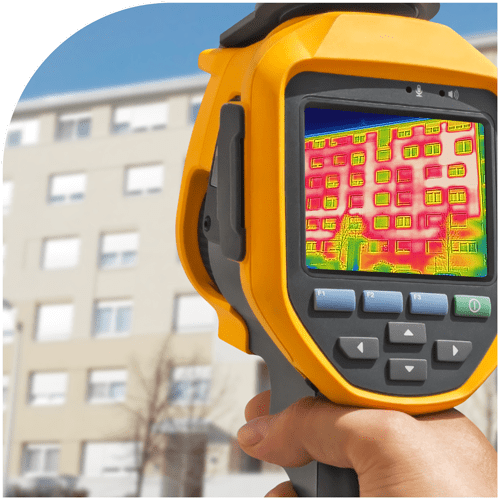
EIFS and Stucco
In contrast to conventional stucco, which employs natural materials and mesh, EIFS stucco uses layers that include synthetic elements. Outside walls are covered with a siding system called Exterior Insulation Finish Systems (EIFS) in both residential and commercial construction. Barrier EIFS is often made to prevent water from penetrating at the outside surface but not from behind. Moisture buildup between a home's sheathing and the finish system's foam board component causes issues. The sheathing of the home might degrade over time, luring termites. Furthermore, there is always a chance that mold will grow in damp areas.

The advantages of EIFS Inspections
Regular inspection can lower the likelihood that termites, rot, or mold will cause damage to the building. All significant EIFS producers, including Senergy, Dryvit, Parex, and Sto, advise frequent inspections and upkeep. You must evaluate your building to see if any problems are emerging, says Dryvit® Systems, Inc. on their homepage. Your visual checks, however, shouldn't take the place of the certified professional's recommended program of inspections.
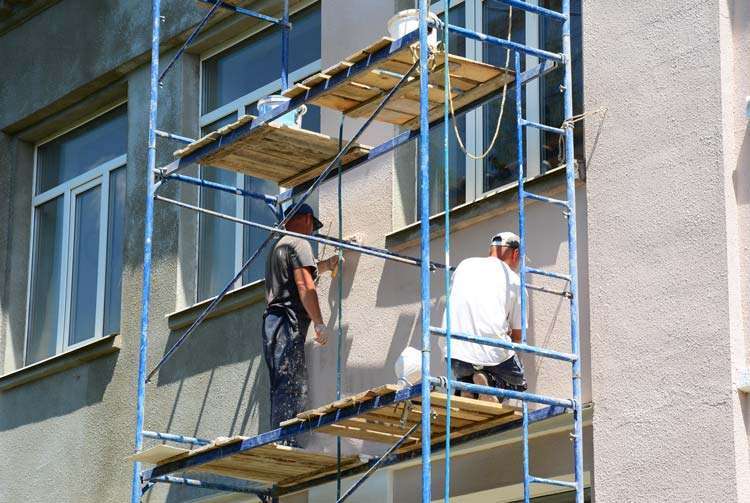
How Does an Infrared Electrical Survey Work?
An infrared electrical scan will detect temperature anomalies invisible to the naked eye, picking up problems that can be missed through a purely visual inspection. When equipment is under normal loads, but components show different temperatures, this can indicate an anomaly.
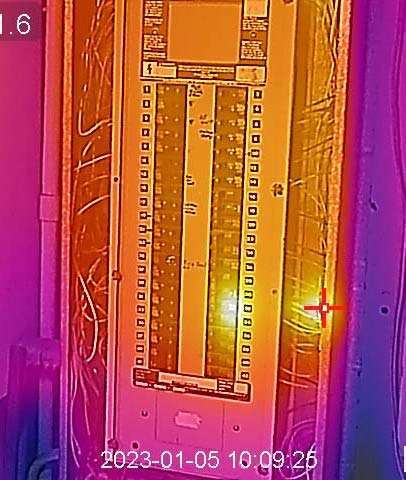
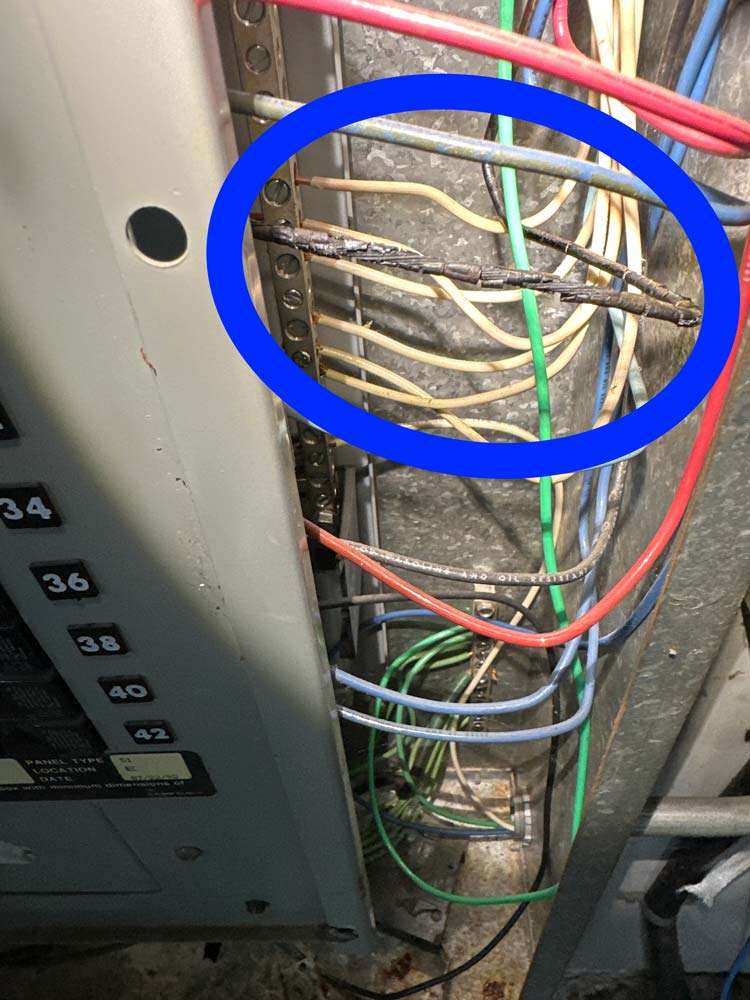
Thermal Infrared Electrical Inspection Services
Thermal infrared electrical imaging is perfect for inspecting electrical systems because it is fast, non-invasive, non-destructive, and non-contact.
Regular infrared electrical inspection can check panels, switches, disconnects, motors, bus ducts, and MCC.
Bottom Line
Regular inspections are crucial to ensure that your building, whether commercial or residential, serves you well throughout the years by spotting damage early on and preventing it altogether. For your home, our inspectors provide thorough, top-notch, detailed, and simple-to-read infrared inspection reports that are entirely certified. We are certified and experienced inspectors with years of real-world experience. We have used infrared technology to scan hundreds of pieces of electrical equipment. Schools, hospitals, residences, colleges, hotels, and commercial and industrial enterprises are all covered by our services.
The results of our inspections may be fully incorporated into your preventive maintenance program, or we can give your insurance provider a complete and in-depth report.
